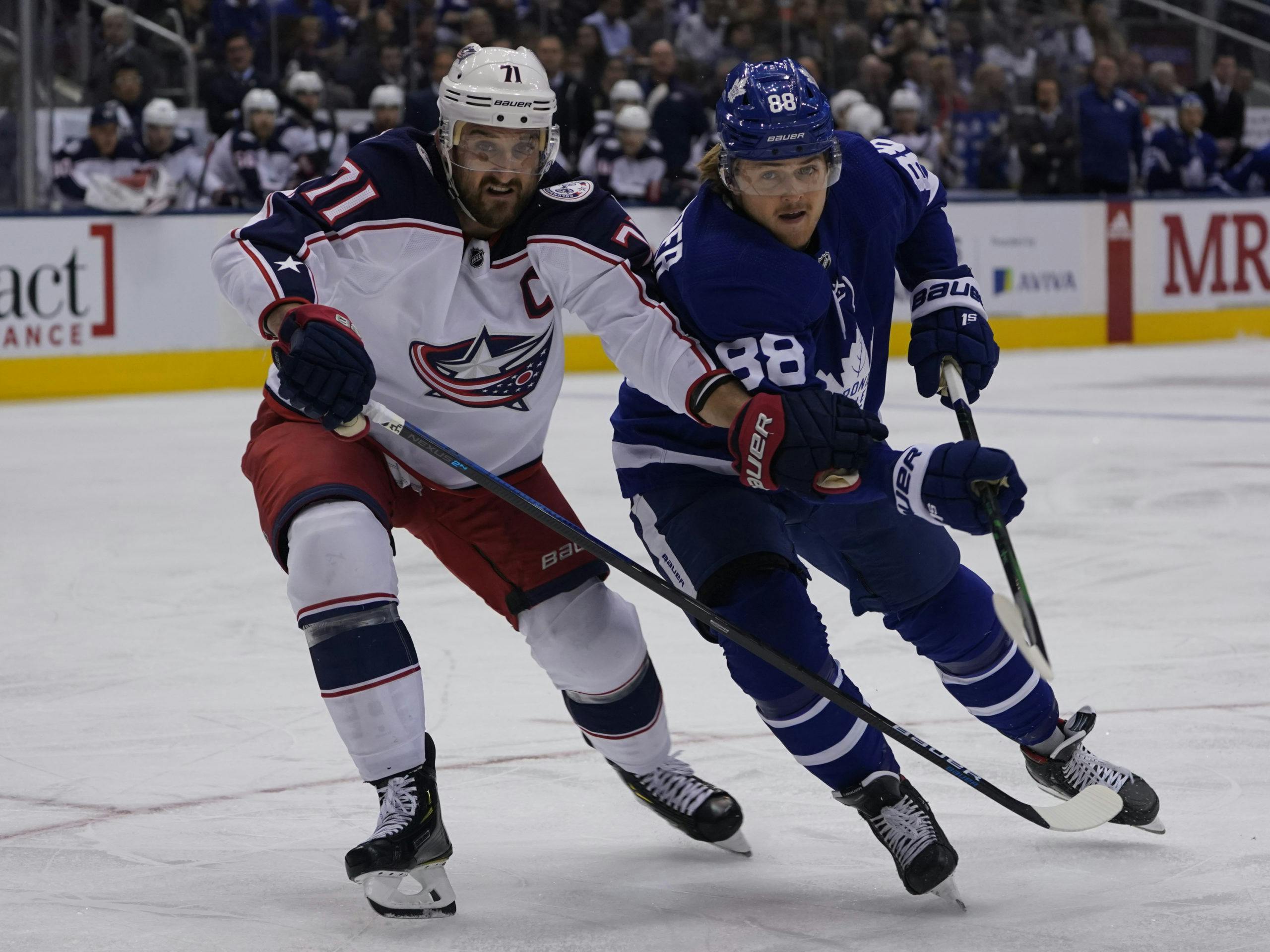The Maple Leafs have pushed their chips in on Nick Foligno. What Does that Mean for the Club?
Photo credit: John E. Sokolowski-USA TODAY Sports
Apr 11, 2021, 19:45 EDT
Breaking News
- Scotty Bowman sees home ice, power play as Leafs’ X-Factors: Leafs Morning Take
- Max Domi offers few words about hit on Aleksander Barkov: ‘Just looking forward to the next game’
- Berube not concerned about Nylander ahead of Game 5 after exchange with Matthew Tkachuk
- Oliver Ekman-Larsson misses Leafs’ practice due to illness
- Panthers minority owner suspended by NHL for social media activity following Game 4
